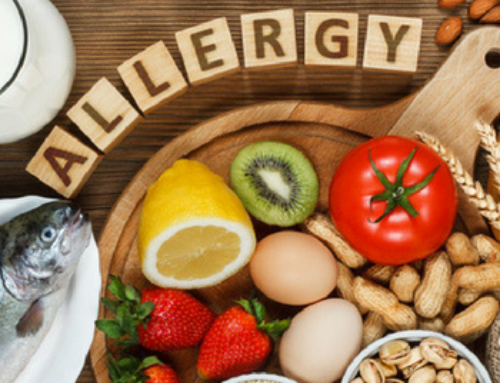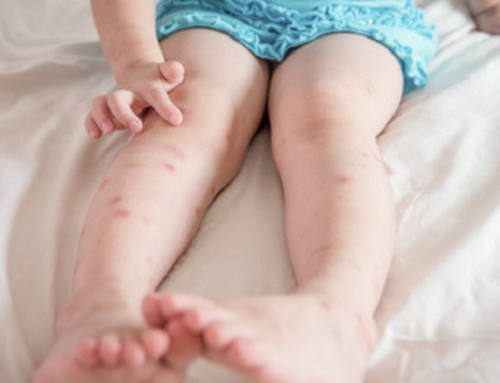Did you know that children are more likely to suffer from allergies than adults? It certainly seems that way in my family: both my children suffer from allergies whereas my husband and I can tolerate anything. And of course, my children suffer from different allergies just to add a bit more stress to the situation—cats and spring are particular buggers.
Thankfully, their allergies are not life-threatening. At most, they get a mild case of hives, but they’re usually just sneezing and sniffling. However, it does make me cautious when it comes to applying anything to their skin.
I am one of those moms who spends forever in the drugstore, scrupulously reading the labels on every product I pick up. My general rule of thumb for buying things is that if I don’t recognize the ingredient or can’t pronounce it, it goes back on the shelf. Whenever possible, I try to buy products with natural, organic ingredients and the fewer listed on the label, the better.
I’ve shared how to prevent wound infections and the importance of cleaning scrapes and cuts efficiently. Many parents would automatically turn to a triple antibiotic ointment to treat their children’s war wounds, without realizing that the ingredients in these ointments are potential allergens.
“Triple” Antibiotic Creams: Triple the Allergies?
Most antibiotic creams contain three active ingredients: bacitracin, neomycin, and polymyxin B. These help clean the wound and prevent the growth of bacteria. However, both bacitracin and neomycin are known allergens. Neomycin can cause skin dermatitis, itching and redness in one in ten people, which often doesn’t appear for 48 hours or longer after application. Bacitracin is even more worrisome; along with skin complaints, it can actually cause anaphylaxis in some people according to medscape.com.
One of the common problems with triple antibiotic cream is that oftentimes, people will see an allergic reaction but assume that it’s the wound responsible rather than the cream, so they will apply more cream in an attempt to heal the wound—making the allergic reaction even more severe.
Keeping wounds and scrapes clean and applying a topical cream which doesn’t contain these ingredients is definitely the way to go if you want to avoid any allergic reactions.
Read more about how CUROXEN first aid ointment is safer and less allergenic than triple acting antibiotic ointments.


